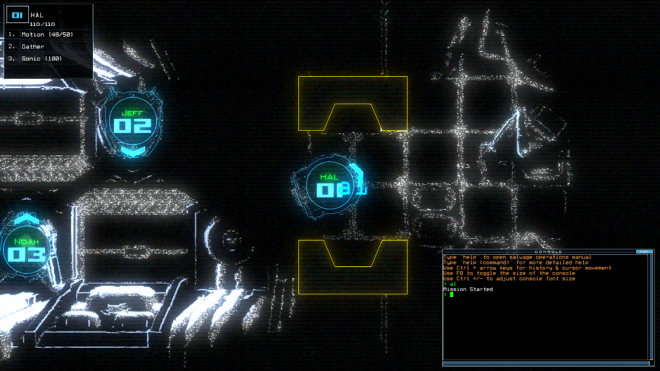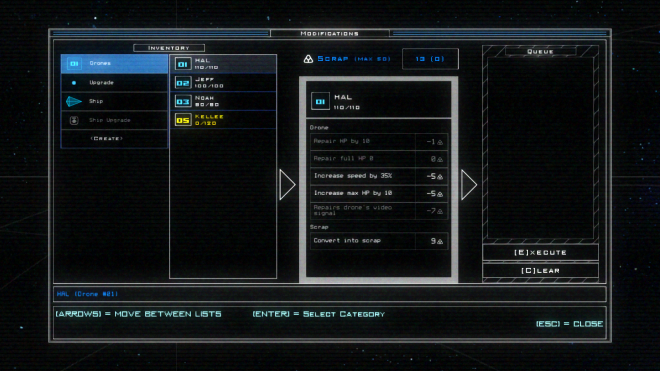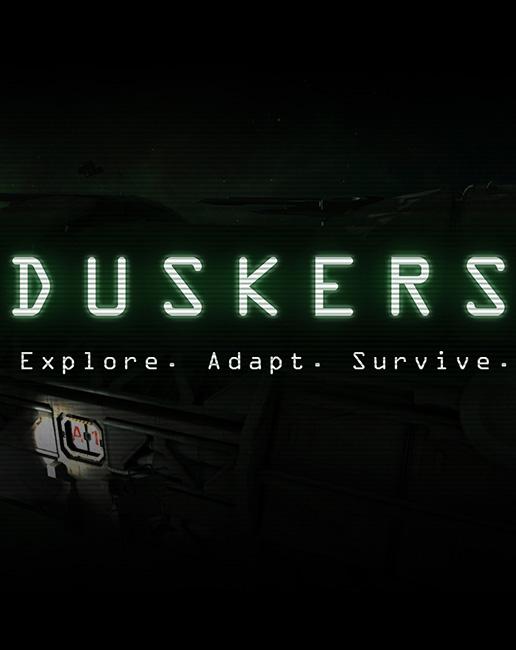Duskers
Overview -
Misfits Attic was founded in 2011 by Tim and Holly Keenan, and has previously released 'A Virus Named TOM' for PC and Vita. The release of 'Duskers' follows nine months of early access. Based off of the few weeks that have passed since the release, Misfits Attic is cotinuing to respond to feedback and update the game.
Video Review

The wireframe map is by far where I spent most of my time. Dropping into drone view has its uses, but is also extremely small and can barely register aliens before they are in aggro range. Slow and steady wins this race, by using the map to gradually whittle down the location of bad guys and then disposing of them with traps. Besides the map, distorted drone cams, and huge text menus, there is little else to look at in 'Duskers', and it’s all the better for it.
Audio Review

The game’s audio is even more spartan. The game is silent except for the occasional warble of the drones or an alarm indicating enemy activity. There is no music, no voice acting, and no sound effects beyond beeps and clicks.
Final Thoughts

'Duskers' is an excellent game for scratching that obsessive roguelike itch. It’s minimalist and tough as nails with a peculiar interface, but as it turns out, successfully crushing all infestations on a ship with a novella of keystrokes provides a special kind of satisfaction.












